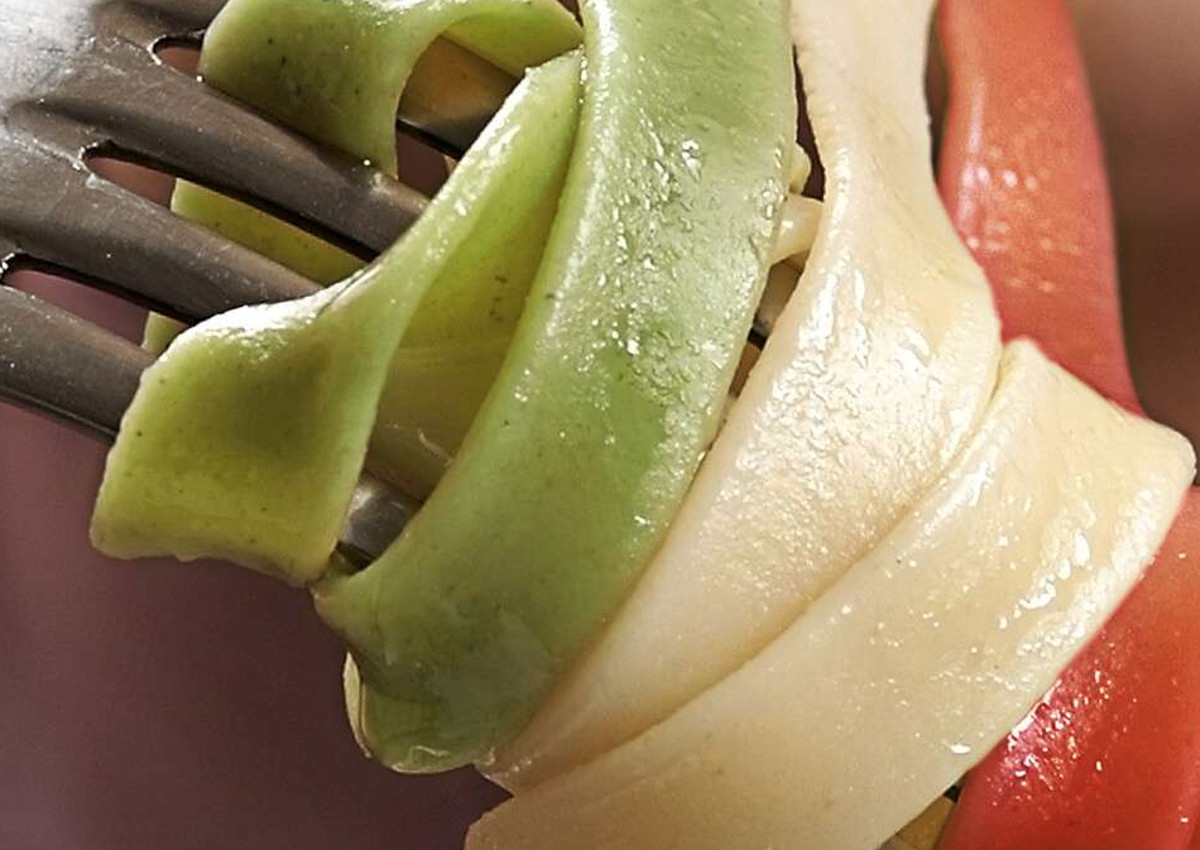Food industry is a great resource for Italy, thanks to 61 billion euro of added value, 1.4 million employees, over a million companies, and 41 billion export sales. These are the most important figures that emerge from the latest Report on the competitiveness of the Italian agri-food industry, recently presented by ISMEA in the presence of the Italian Minister of Agriculture Gian Marco Centinaio.
A STRONGER SECTOR
“The agri-food industry has emerged from a decade of economic and financial crisis with a stronger role within Italian economy, with great resilience and a good ability to recover – said ISMEA General manager Raffaele Borriello. There are many positive signs: growth in productivity, recovery in investment, and the ability to decline multifunctionality and quality, with various records in organic farming and geographical indications such as PDO and PGI”.
ITALIAN FOOD EXPORTS: GOOD NEWS FROM ISMEA
With an export sales value of 41 billion euro at the end of 2017, Italy has reached an historical record and holds a share of 8% of EU food exports (almost 525 billion euro). Over the last five years, Italian exports in the sector have increased by 23%, more than those of the EU (+16%). The leading role of Made in Italy in Europe emerges clearly by analyzing the first five products for which Italy is leader. About 35%-36% of European exports of apples and grapes, 47% of kiwis, 61% of shelled hazelnuts and 35% of nursery products.
PROCESSED FOOD
Italy is also playing a leading role in processed food products. It is in fact the leading exporter of pasta and canned tomatoes, with a share of about 65% of the total value of EU exports. As for wine and olive oil it comes in second place, accounting for 27% and 23% respectively. Finally, Italy is the EU’s fourth largest exporter of cheese and dairy products with a share of 13%.
EXPORT SALES OUTLET MARKETS
The success of Italian food in countries with more dynamic demand – such as Bulgaria, Latvia, and Romania – is particularly evident. Important progresses have been made also in Ukraine, Brazil, and Morocco; positive, but less significant, increases in the share of Italian food exports have been recorded in Australia, Canada, Argentina, in the United States, and in China.

